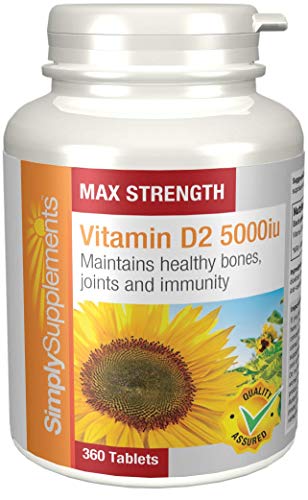
That’s why young children who don’t get enough vitamin D can develop rickets, and older adults can experience osteoporosis and fractures. Vitamin D is a hormone we need to absorb calcium and phosphorus from our diets, and calcium and phosphorus are minerals critical to bone health. However, a vitamin D level less than 20 ng/mL is considered deficient by most groups, and severe deficiency is defined as a vitamin D level of less than 12 ng/mL. To further complicate things, expert groups don’t agree on what level is considered deficient. The test measures your 25-hydroxyvitamin D levels. In other words, most adults don’t need to be tested unless they are at high risk for having low vitamin D (see below).Ī simple blood test with your primary care doctor will tell you if you are vitamin D deficient. How do you know if you are vitamin D deficient?įirst, it’s important to know that there’s no reason to screen for vitamin D deficiency. Remember not to spend too much time in the sun, because too much exposure increases your risk of skin cancer.

In order to get enough, you should get 5 to 30 minutes of exposure to sunlight every day, so your skin can make vitamin D naturally. That’s because your skin makes vitamin D when it sees the sun.

The best way to get your daily vitamin D is through exposure to sunlight.

This is according to most medical expert societies, but the amount recommended by the FDA is 20 mcg per day, or 800 IU (1 mcg vitamin D is equal to 40 IU). For those pregnant or breastfeeding, 600 IU is recommended. The recommended dietary allowance (RDA) of vitamin D for adults up to age 70 is 600 IU, with the RDA increasing to 800 IU above age 70.


 0 kommentar(er)
0 kommentar(er)
